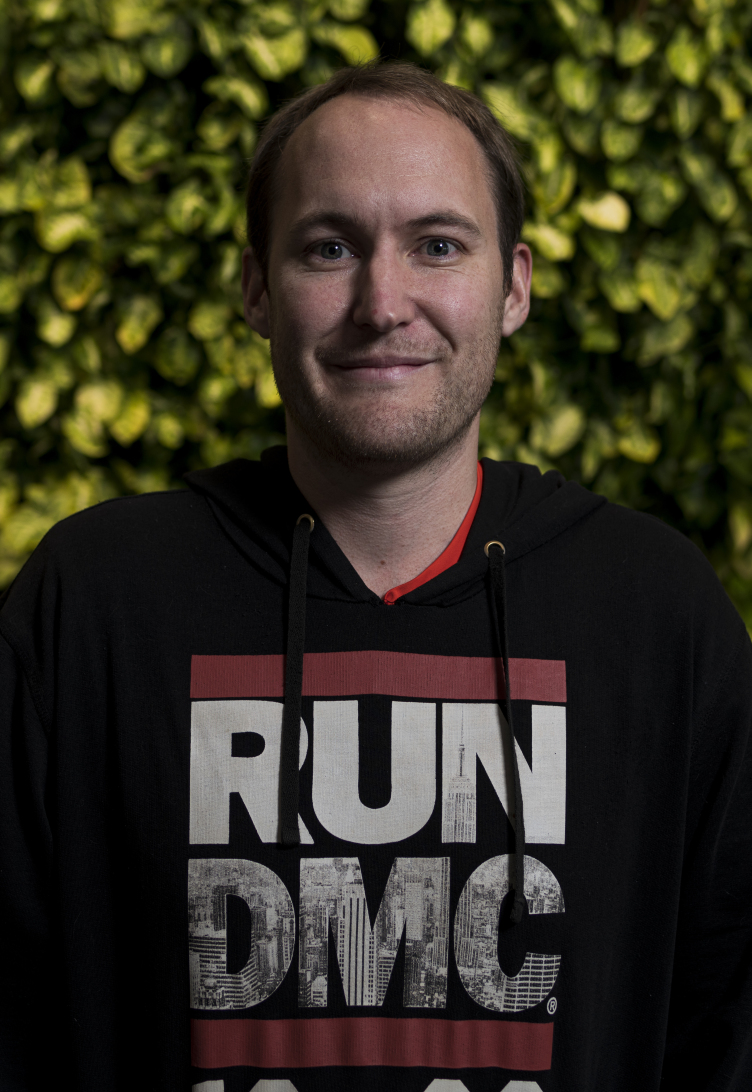
Straight out of school I moved away from academia and became a cabinet maker for five years. After this, I started university at the University of the Sunshine Coast and moved to the University of Queensland after one year of study, where I completed my Bachelors of Science with an extended Major in Physics. I then completed my Honours in Physics, with a particular focus on Astrophysics and Cosmology under the supervision of Professor Tamara Davis and Dr. Jacobo Asorey. My thesis, How the Degradation of Redshift Affects the Measurements of Large Scale Structure, focused on using the two different astronomical survey types, photometric and spectroscopic along with Minkowski Functionals and correlation functions to better understand the underlying structure of the Universe.
Currently I am completing my Master of Research with Professor Jonti Horner, Dr Duncan Wright and Dr Ellie Sansom. For my project I am adding to the east coast section of the Desert Fireball Network (DFN). The DFN is a network of cameras that track incoming fireballs, which are asteroidal or cometary material falling into the Earth’s atmosphere. The main goals is to meet up with the main part of this network in Parkes, and eventually expand further north to cover more area in Queensland. With the data collected from this network it is possible to recover some meteorite fragments from the ground, if the incoming material was of the correct size and strength to mostly survive the ablation process while passing through the Earth’s Atmosphere. The ablation process is the degradation of the meteor due to aerodynamic pressures caused by the Earth’s atmosphere, such as drag, heat and pressure. This process sometimes results in the meteor breaking up mid-air, which greatly decreases the chances of finding the subsequent fractions.
- Desert Fireball Network
- Microlensing
- Meteoroids
